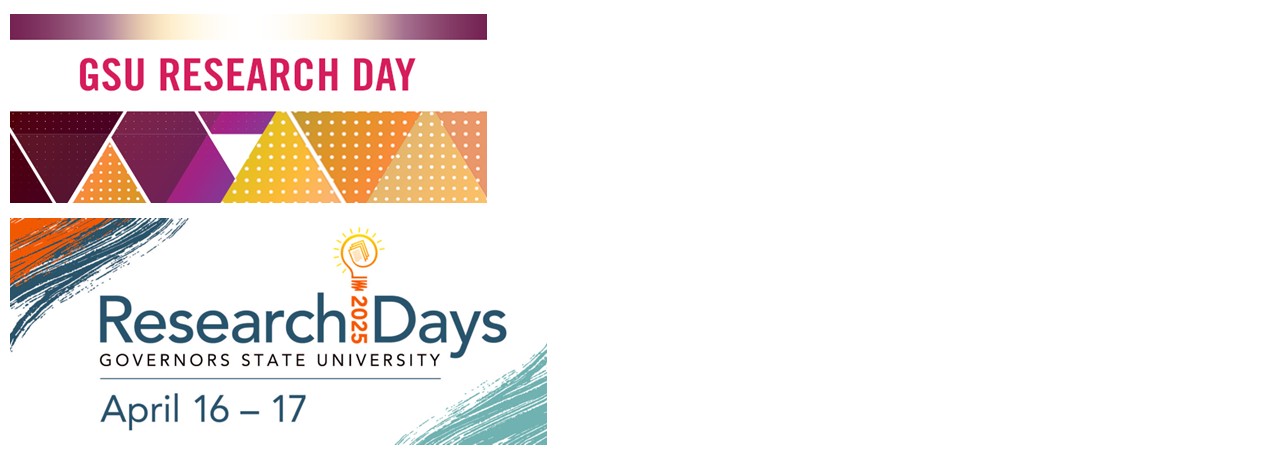Comparison of Quantitative Analysis of Acetylsalicylic Acid by Quantitative Nuclear Magnetic Resonance (q-NMR_ and High Performance Liquid Chromatography (HPLC) Methods
Type of Presentation
Event
Location
D34000
Start Date
4-7-2017 9:30 AM
End Date
4-7-2017 10:00 AM
Abstract
The pharmaceutical industry mainly uses chromatographic techniques, such as high performance liquid chromatography (HPLC) and gas chromatography (GC) for quantitative analysis of various organic compounds. Quantitative 1H-NMR technique (q-NMR) provides an alternative rapid, selective, and accurate method for quantification of these organic compounds. In this study, quantitative analysis of acetylsalicylic acid (active ingredient of aspirin) was accomplished by q-NMR technique, and its results were compared with the results obtained by HPLC analysis. For the q-NMR study, two sets of concentrations of acetylsalicylic acid (ASA) in deuterated chloroform – ranging from 10 mM to 100 mM and 1 mM to 10 mM – were analyzed using tertiary-butanol as an internal standard in septuplicate to show the robustness of the method. The peak areas of methyl peak and aromatic ring peaks were quantified with respect to the methyl peak area of the internal standard. The results showed a linear relationship of aromatic peaks with the both the low and high concentrations. The area of methyl peak of ASA did not show a linear relationship at the low concentration range. The low concentration solutions were analyzed by HPLC, showing a strong linear relationship of area of peaks with the concentrations. Results of these two techniques showed that for high concentrations both the methods are effective, while HPLC is more effective for the low concentration solutions. A comparison of analysis time, amount of solvents used showed that q-NMR technique uses substantially less time and solvent, making the q-NMR technique an environmentally friendly technique.
Comparison of Quantitative Analysis of Acetylsalicylic Acid by Quantitative Nuclear Magnetic Resonance (q-NMR_ and High Performance Liquid Chromatography (HPLC) Methods
D34000
The pharmaceutical industry mainly uses chromatographic techniques, such as high performance liquid chromatography (HPLC) and gas chromatography (GC) for quantitative analysis of various organic compounds. Quantitative 1H-NMR technique (q-NMR) provides an alternative rapid, selective, and accurate method for quantification of these organic compounds. In this study, quantitative analysis of acetylsalicylic acid (active ingredient of aspirin) was accomplished by q-NMR technique, and its results were compared with the results obtained by HPLC analysis. For the q-NMR study, two sets of concentrations of acetylsalicylic acid (ASA) in deuterated chloroform – ranging from 10 mM to 100 mM and 1 mM to 10 mM – were analyzed using tertiary-butanol as an internal standard in septuplicate to show the robustness of the method. The peak areas of methyl peak and aromatic ring peaks were quantified with respect to the methyl peak area of the internal standard. The results showed a linear relationship of aromatic peaks with the both the low and high concentrations. The area of methyl peak of ASA did not show a linear relationship at the low concentration range. The low concentration solutions were analyzed by HPLC, showing a strong linear relationship of area of peaks with the concentrations. Results of these two techniques showed that for high concentrations both the methods are effective, while HPLC is more effective for the low concentration solutions. A comparison of analysis time, amount of solvents used showed that q-NMR technique uses substantially less time and solvent, making the q-NMR technique an environmentally friendly technique.


Other Presentation Disciplines:
Dr. Shelly Kumar Professor of Chemistry, and Mr. Charles Flemming is Graduate student in Analytical Chemistry, College of Arts and Sciences